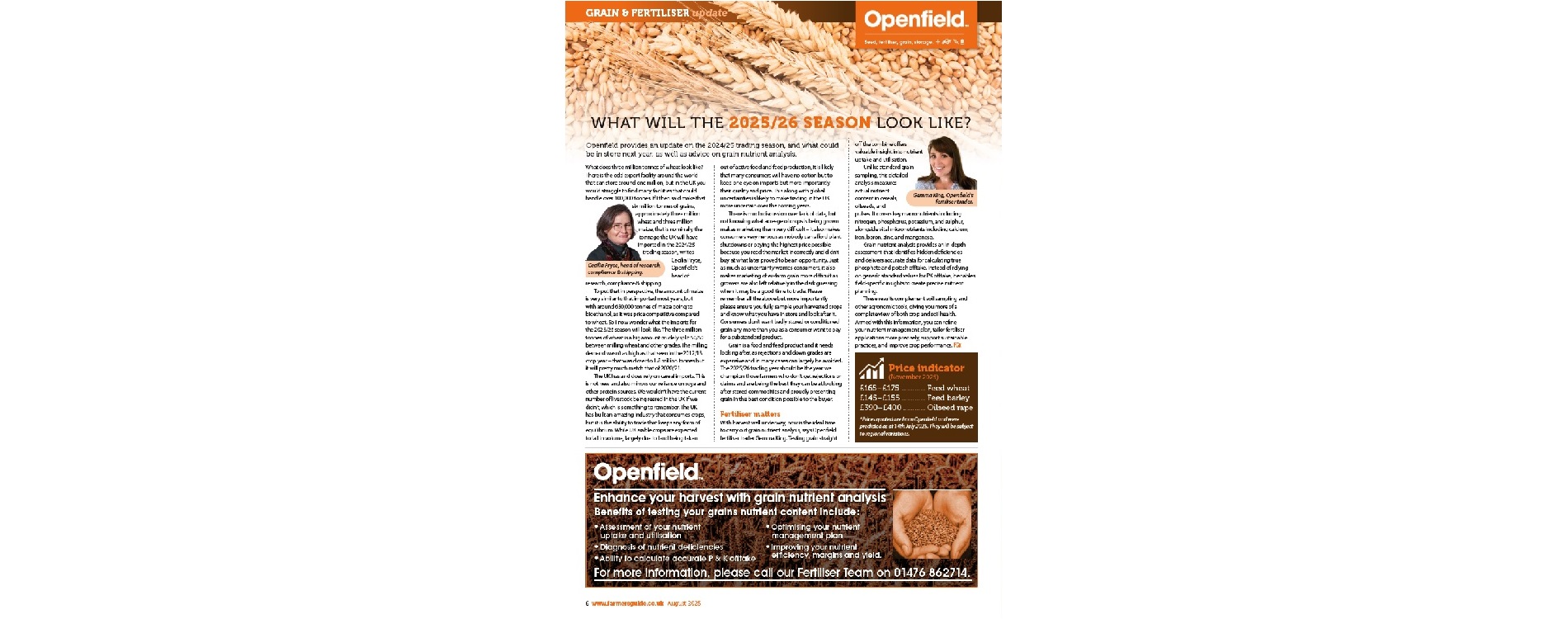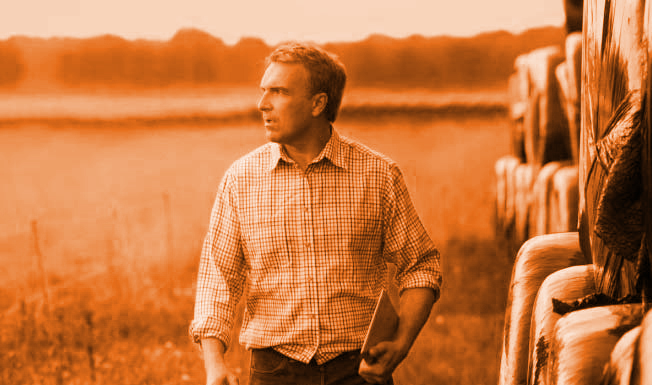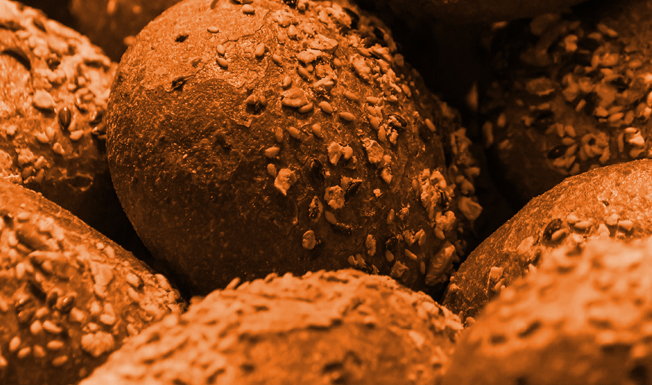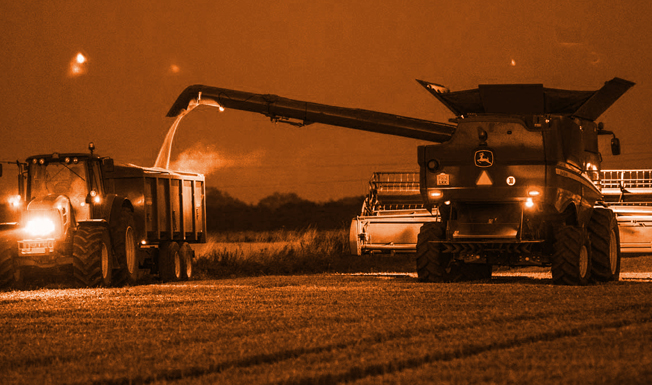What will the 2025/26 season look like?
The following article has been written for and published by Farmers Guide. It is protected by copyright and may not be reproduced in part or whole without the written express permission of both Openfield and Farmers Guide.
Openfield provides an update on the 2024/25 trading season, and what could be in store next year, as well as advice on grain nutrient analysis.
What does three million tonnes of wheat look like? There is the odd export facility around the world that can store around one million, but in the UK you would struggle to find many facilities that could handle over 100,000 tonnes. If I then said make that six million tonnes of grains, approximately three million wheat and three million maize, that is nominally the tonnage the UK will have
imported in the 2024/25 trading season, writes Cecilia Pryce, Openfield’s head of research, compliance & shipping.
To put that in perspective, the amount of maize is very similar to that imported most years, but with around 650,000 tonnes of maize going to bioethanol, as it was price competitive compared to wheat. So I now wonder what the imports for the 2025/26 season will look like. The three million tonnes of wheat is a big amount crudely split 50/50 between milling wheat and other grades. The milling demand wasn’t as high as that seen in the 2012/13 crop year – that was closer to 1.8 million tonnes but it will pretty much match that of 2020/21.
The UK has and does rely on cereal imports. This is not new and also mirrors our reliance on soya and other protein sources. We wouldn’t have the current number of livestock being reared in the UK if we didn’t, which is something to remember. The UK has built an amazing industry that consumes crops, but it is the ability to trade that keeps any form of equilibrium. While UK arable crops are expected to fall in volume, largely due to land being taken out of active food and feed production, it is likely that many consumers will have no option but to keep one eye on imports but more importantly their quality and price. This along with global uncertainties is likely to make trading in the UK more uncertain over the coming years.
There is much discussion over lack of data, but not knowing what acreage of crops is being grown makes marketing them very difficult – it also makes consumers very nervous as nobody can afford plant shutdowns or paying the highest price possible because you read the market incorrectly and didn’t buy at what later proved to be an opportunity. Just as much as uncertainty worries consumers, it also makes marketing of ex-farm grain more difficult as growers are also left relatively in the dark guessing when it may be a good time to trade. Please remember all the above but more importantly please ensure you fully sample your harvested crops and know what you have in store and look after it. Consumers don’t want badly stored or conditioned grain any more than you as a consumer want to pay for a substandard product.
Grain is a food and feed product and it needs looking after, as rejections and down grades are expensive and in many cases can largely be avoided. The 2025/26 trading year should be the year we champion those farmers who don’t get rejections or claims and are being the best they can be at looking after stored commodities and proudly presenting grain in the best condition possible to the buyer.
Fertiliser matters
With harvest well underway, now is the ideal time to carry out grain nutrient analysis, says Openfield fertiliser trader Gemma King. Testing grain straight off the combine offers valuable insight into nutrient uptake and utilisation.
Unlike standard grain sampling, this detailed analysis measures actual nutrient content in cereals, oilseeds, and pulses. It covers key macronutrients including nitrogen, phosphorus, potassium, and sulphur, alongside vital micronutrients including calcium, iron, boron, zinc, and manganese.
Grain nutrient analysis provides an in-depth assessment that identifies hidden deficiencies and delivers accurate data for calculating true phosphate and potash offtake. Instead of relying on generic standard values for PK offtake, it enables field-specific insights to create precise nutrient planning.
These results complement soil sampling and other agronomic tools, giving you more of a complete view of both crop and soil health. Armed with this information, you can refine your nutrient management plan, tailor fertiliser applications more precisely, support sustainable practices, and improve crop performance.




